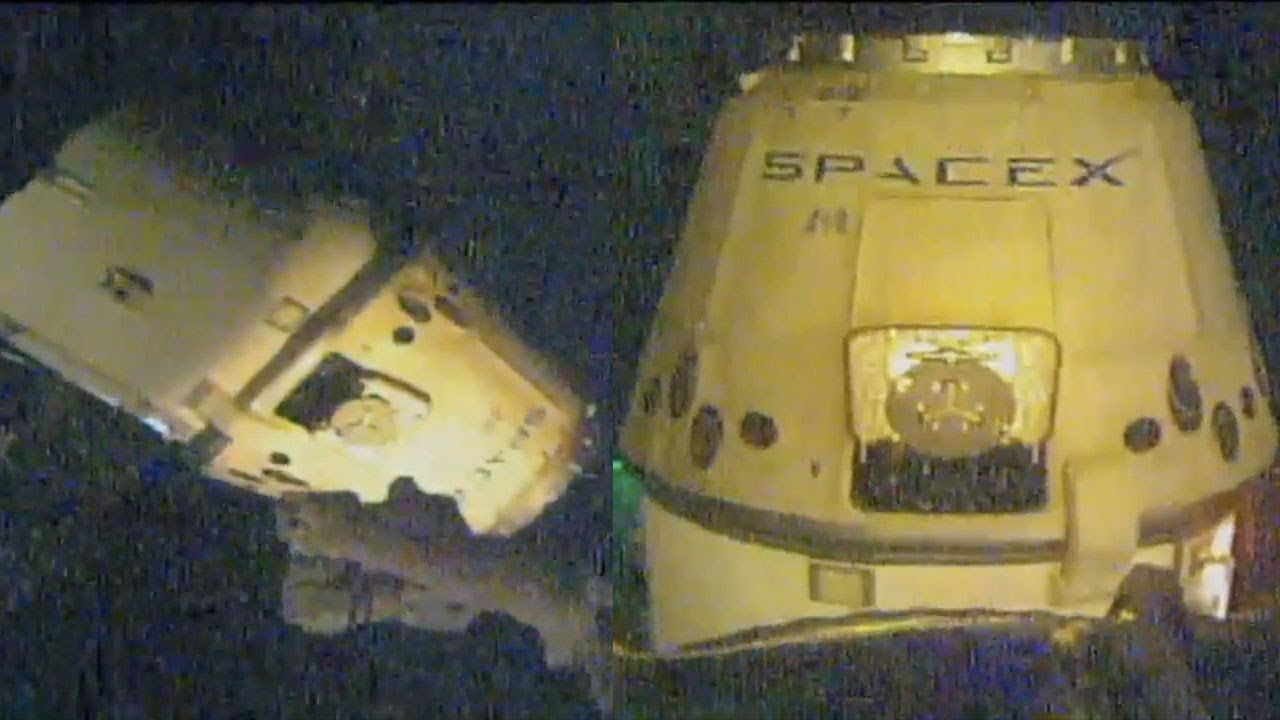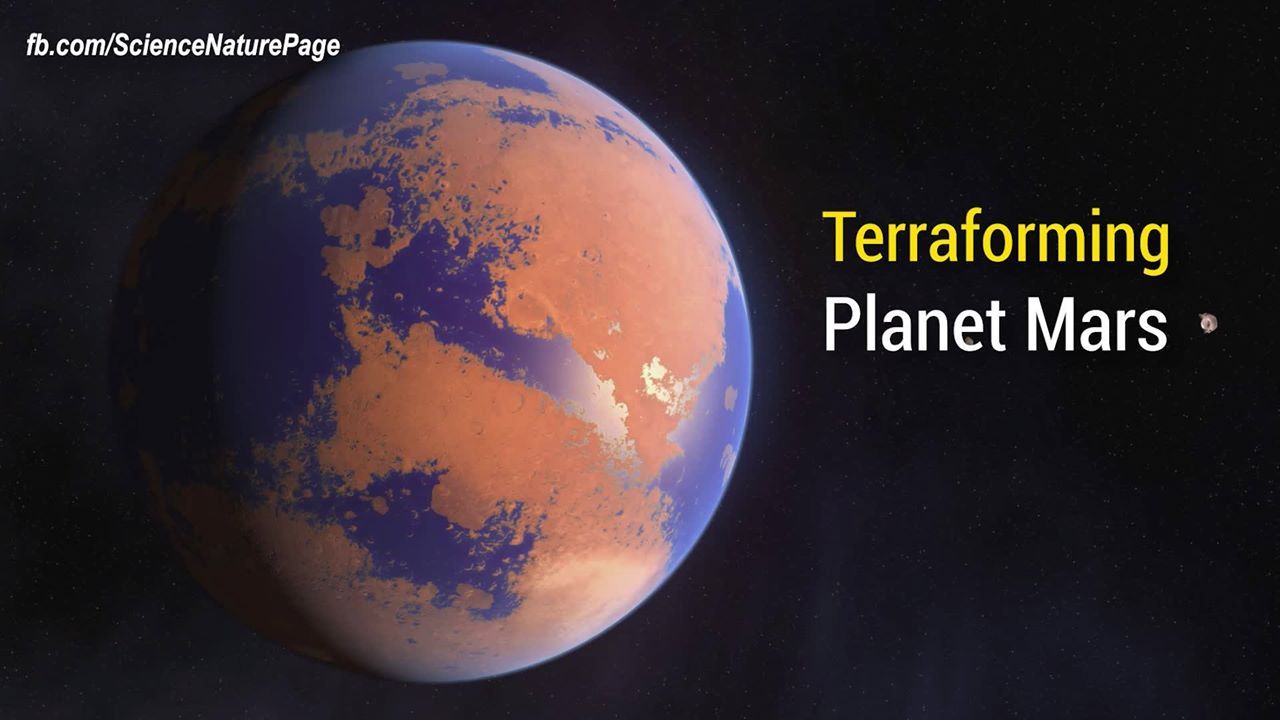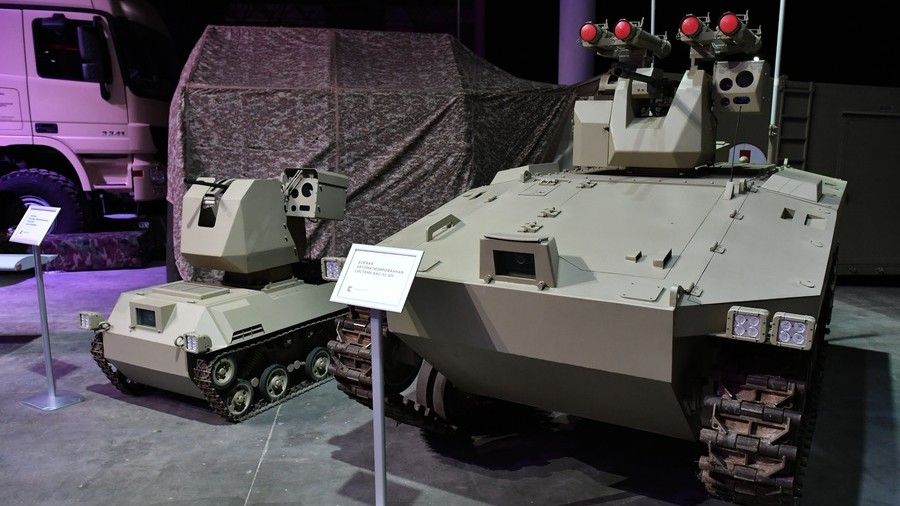
Hadley Wickham is the most important developer for the programming language R. Wes McKinney is among the most important developers for programming language Python. The two languages, which are free to use, are often seen as competitors in the world of data science. Wickham and McKinney don’t think the rivalry is necessary. In fact, they think that by working together, they can make each other’s languages more useful for their millions of users.
Last month, McKinney announced the founding of Ursa Labs, an innovation group intended to improve data-science tools. McKinney will partner with RStudio—Wickham’s employer, which maintains the most popular user interface for R—on the project. The main goals of Ursa Labs are to make it easier for data scientists working in different programming languages to collaborate, and avoid redundant work by developers across languages. In addition to improving R and Python, the group hopes its work will also improve the user experience in other open-source programming languages like Java and Julia.
R and Python are essential tools for data scientists working at tech platforms like Google and Facebook, researchers, academic researchers, and data journalists (Quartz is a big user of both). A common problem for coders is that it’s hard to collaborate with colleagues who use one of the other languages. Ursa Labs will try to make sharing data and code with someone using another data science language easier, by creating new standards that work in all of them. Developers call this an improvement to “interoperability.” Wickham and McKinney have already worked together to create a file format that can used in both Python and R.
Continue reading “R and Python are joining forces, in the crossover event of the year” »


















